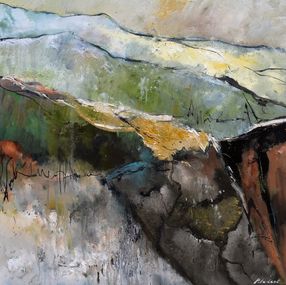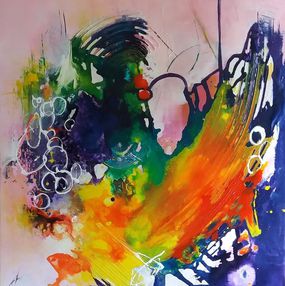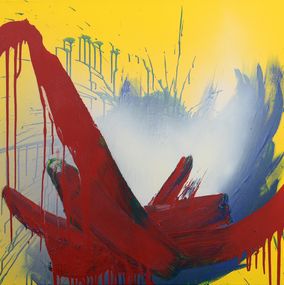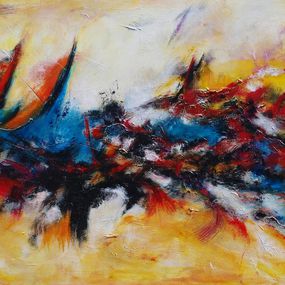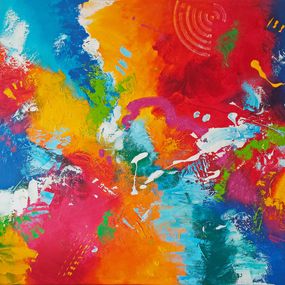
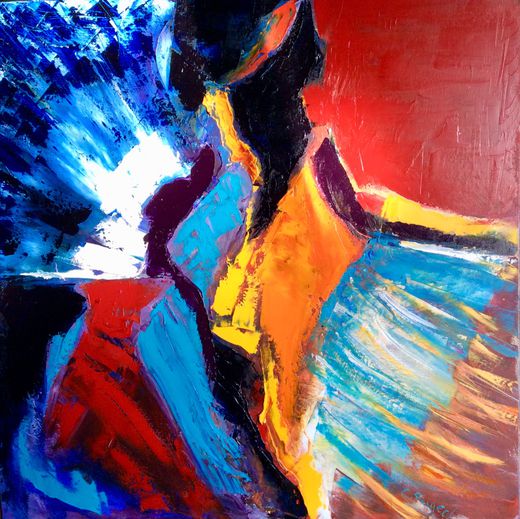
Biography
“Until the end of life, we are “in turmoil", searching for more and more light." Macha Meril
Faced with the irreversibility of time, I realized how life can only go forward.
Since then, I have been questioning the vital movement, I dissect it, I observe it, I listen, in silence, to each vibration, each undulation, each beat, each quiver, each pulsation.
(cf. Leonardo da Vinci)
In a universal language, I make colors and shapes converse.
I let my paintings tell the infinite beauty of vital movement.
I invite everyone, on an inner journey, to feel this energy, this dynamism, this vitality.
Art for me is a celebration of Life, Intense and Powerful.
"Enchanting the life that remains to be lived is possible, it's intense, I can testify to that."

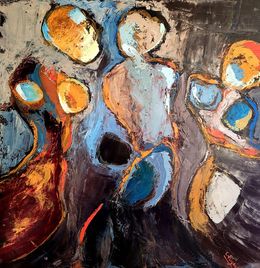
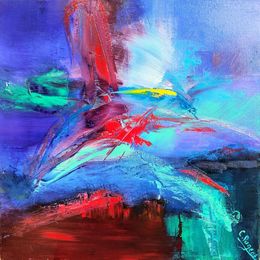
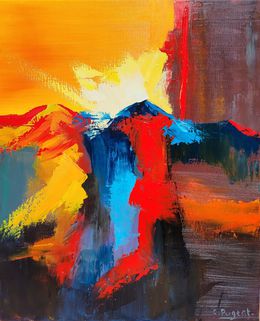
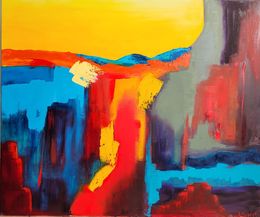
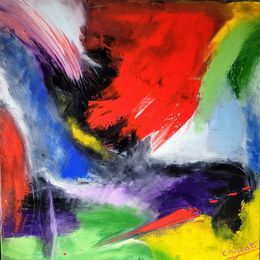
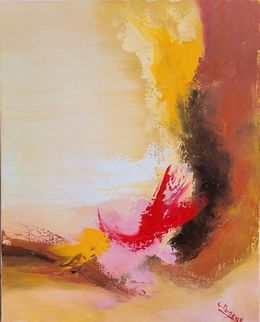

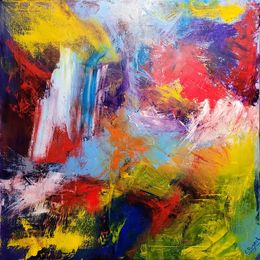
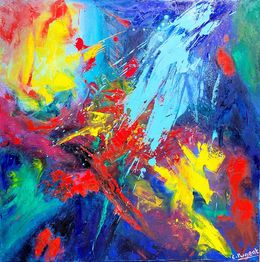
Catherine Pugeat
Painting - 80 x 80 x 2.5 cm Painting - 31.5 x 31.5 x 1 inch
$1,629
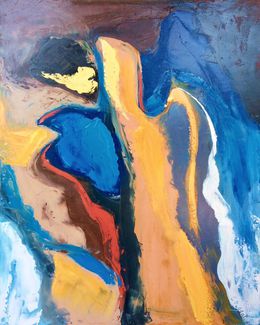



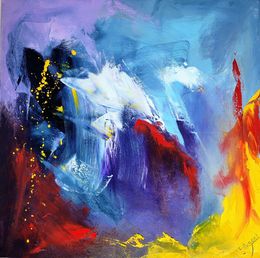

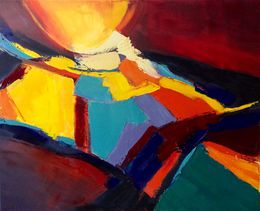
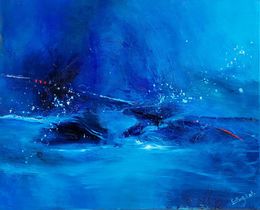
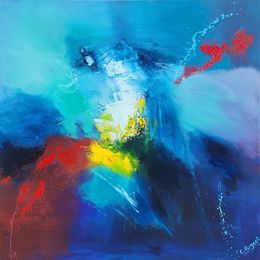
Catherine Pugeat
Painting - 70 x 70 x 3 cm Painting - 27.6 x 27.6 x 1.2 inch
$1,150
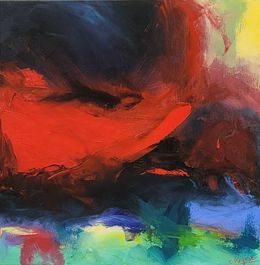
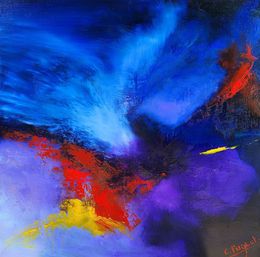





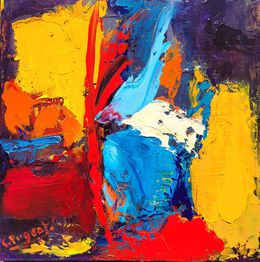
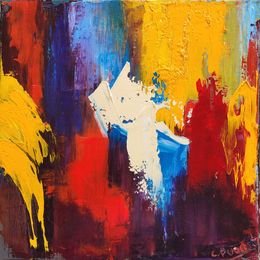
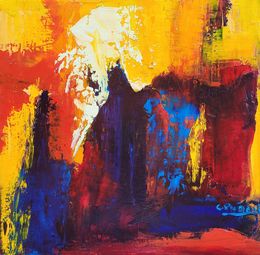
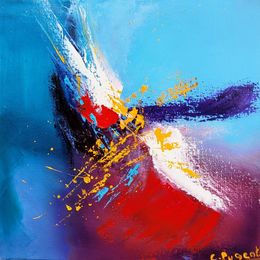
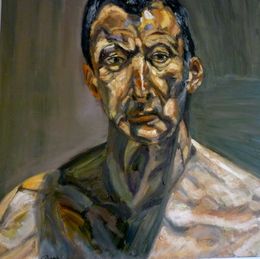
Catherine Pugeat
Painting - 80 x 80 x 2.5 cm Painting - 31.5 x 31.5 x 1 inch
$1,294


Catherine Pugeat
Painting - 80 x 80 x 2.5 cm Painting - 31.5 x 31.5 x 1 inch
$1,629

Catherine Pugeat
Painting - 80 x 80 x 2.5 cm Painting - 31.5 x 31.5 x 1 inch
$1,629

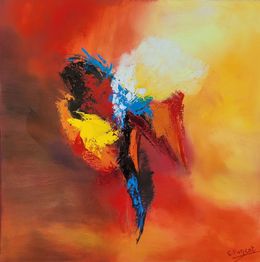

Catherine Pugeat
Painting - 80 x 80 x 3 cm Painting - 31.5 x 31.5 x 1.2 inch
$1,509

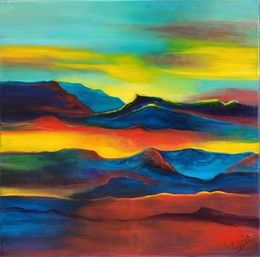
Catherine Pugeat
Painting - 60 x 60 x 3 cm Painting - 23.6 x 23.6 x 1.2 inch
$1,030

Catherine Pugeat
Painting - 55 x 46 x 2 cm Painting - 21.7 x 18.1 x 0.8 inch
Sold


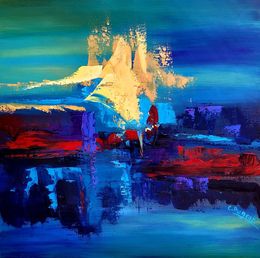




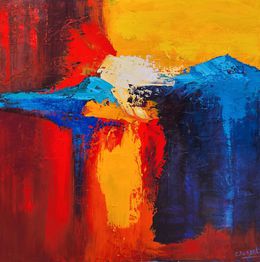

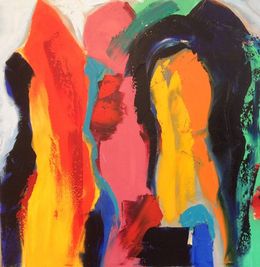



Catherine Pugeat
Painting - 80 x 80 x 3 cm Painting - 31.5 x 31.5 x 1.2 inch
Sold





